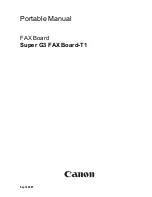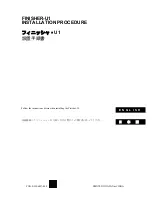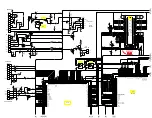
6-3
6
Fr Goth
Designing Labels and Using Commands
Helvitica condensed 9 pt italic
Co d e 39 18 p t
Introduction to Label Design
The 4100 printer prints versatile and effective labels in any format, with
straightforward methods that are easy to learn. To get the most out of your
4100, you should design labels that are easy to read, contain accurate
information, and conserve media by using space efficiently.
If you are just starting out, and you have not designed labels before, it may take
some practice to design useful labels. In this chapter you will learn about label
design techniques, using the 4100 command set, and you will see examples of
the many ways you can use your printer.
Using Label Formats
In order to print a label from the 4100 printer, you must specify a label format
and then send data to fill in the appropriate fields in the format.
A label format is a set of dimensions and terms used to map the information
printed on a label. If you want to print a number on a label, the label format
must indicate the location of the number, its font and size, and whether the
number has a vertical or horizontal orientation.
In order to download a format to the printer, you download a list of commands
that contain the format. This chapter explains how to use these commands to
design labels. For complete lists of printer commands, see Chapter 7. At first
glance these commands may seem cryptic, but you can quickly learn and
understand them once you begin designing labels.
Before you try any of the examples which begin on the next page, set your
printer DIP switches to the default settings. Be sure to return your printer to
your selected configuration when you finish the examples.
An example of a simple label format is shown here along with a sample of data
that can be passed to the format. There is also an example of what the printed
label looks like.
Like all examples in this manual, this example uses mnemonics to represent
control codes like <STX> (start of text). If you want to use human-readable
protocol/command characters, you can type these examples as they look on the
page directly into your word processor or text editor. Refer to the next section,
“Communicating With the Printer” for more information on how to print this
label. If you would rather translate these mnemonics to HEX or ASCII, you can
use the translation table given in the Appendix.
Summary of Contents for EasyCoder 4100
Page 1: ...User s Manual 4100BarCodeLabelPrinter P N 057713 005 ...
Page 25: ...1 1 Getting Started 1 Helvitica condensed 9 pt italic Co d e 39 18 p t 1 Getting Started ...
Page 107: ...5 1 Troubleshooting 5 Helvitica condensed 9 pt italic Co d e 39 18 p t 5 Troubleshooting ...
Page 171: ...7 7 1 Printer Commands Helvitica condensed 9 pt italic Co d e 39 18 p t 7 Printer Commands ...
Page 245: ...A A 1 Appendix Helvitica condensed 9 pt italic Co d e 39 18 p t A Appendix ...
Page 259: ...G G 1 Glossary Helvitica condensed 9 pt italic Co d e 39 18 p t G Glossary ...
Page 269: ...I 1 Index I Helvitica condensed 9 pt italic Co d e 39 18 p t I Index ...
















































